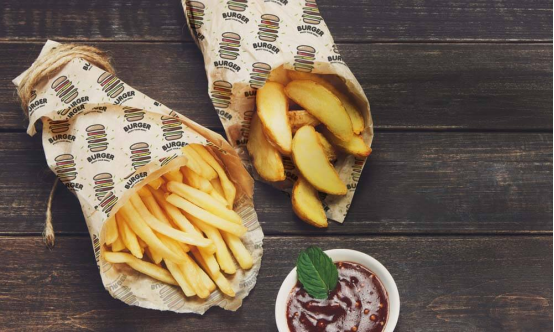Understanding Printable Greaseproof Paper A Versatile Tool for Food Packaging and Culinary Creativity
In the realm of culinary arts and food packaging, the quest for quality and functionality is paramount. One innovation that has gained prominence in recent years is printable greaseproof paper. This specialized paper amalgamates practical attributes with aesthetic appeal, making it increasingly popular among restaurants, bakeries, and home cooks alike. In this article, we will delve into what printable greaseproof paper is, its benefits, various applications, and tips for using it effectively.
What is Printable Greaseproof Paper?
Printable greaseproof paper is a type of paper designed to resist grease and oil penetration, making it ideal for wrapping and lining food items. Unlike standard parchment paper, which can only tolerate limited exposure to grease, printable greaseproof paper is specifically engineered to withstand high moisture levels without compromising its structural integrity. This makes it perfect for various food items such as pastries, fried foods, sandwiches, and even delicate items like chocolate confections.
One of the key features that set this paper apart is its ability to be printed on using standard inkjet or laser printers. With advancements in printing technology and inks, many companies have developed food-safe inks that allow businesses and individuals to customize their packaging. This means that chefs and food vendors can print logos, designs, promotional messages, or even nutritional information directly onto the greaseproof paper, enhancing their brand presentation.
Benefits of Using Printable Greaseproof Paper
1. Grease Resistance As the name suggests, the primary advantage of using greaseproof paper is its ability to resist oil and moisture, which helps maintain the quality of the food items while preventing leaks.
2. Customizability The capability to print personalized designs and branding onto the paper elevates food presentation and marketing strategies. Custom packaging can create a strong impression, reinforcing brand identity and appeal.
3. Ecological Considerations Many printable greaseproof papers are eco-friendly, crafted from sustainable materials. This aligns with modern consumer preferences for environmentally conscious products, helping businesses demonstrate their commitment to sustainability.
4. Versatility Printable greaseproof paper can be used in a variety of culinary applications, from wrapping sandwiches and pastries to serving appetizers. Its versatility makes it a staple in both commercial kitchens and home cooking.
5. Easy Handling This paper is typically lightweight yet durable, making it easy to handle during food preparation and packaging. Its non-stick properties also aid in effortless food release, making clean-up a breeze.
printable greaseproof paper

Applications of Printable Greaseproof Paper
1. Food Service and Restaurants Many restaurants utilize printable greaseproof paper for wrapping takeout orders or presenting dishes. Custom-branded paper adds a personal touch to the dining experience, making takeout meals feel special.
2. Baking and Confectionery Bakeries can leverage this paper for both packaging baked goods and lining trays for easy release, particularly for sticky items like caramel or chocolate.
3. Catering For catering businesses, using printable greaseproof paper can help keep food items fresh while also providing branding opportunities. Whether it’s for hors d'oeuvres or main courses, this paper elevates the overall presentation.
4. Home Use For home cooks, printable greaseproof paper is an excellent addition to any kitchen arsenal. Whether you’re preparing snacks for a party or packaging homemade baked goods for gifts, the paper helps achieve a professional finish.
Tips for Using Printable Greaseproof Paper
1. Check Printer Compatibility Before purchasing, ensure that your printer can handle the thickness and type of greaseproof paper. Most standard printers should work, but it's always good to verify specifications.
2. Use Food-Safe Inks When printing, opt for food-safe inks to avoid any risks of contamination. This is crucial for maintaining food safety standards.
3. Test Print Layouts Before performing final prints, conduct test prints to ensure that your designs appear as intended. This helps avoid wasted materials and ensures quality.
4. Store Properly Keep unused greaseproof paper in a cool, dry place to prevent warping or moisture absorption that could compromise its integrity.
In conclusion, printable greaseproof paper represents a significant advancement in the food packaging industry. With its resistance to grease, capability for customization, and various applications, it serves as an essential tool for professional and home cooks alike. Whether you are looking to enhance your food presentation or seeking practical solutions for packaging, printable greaseproof paper offers an array of benefits that cater to modern culinary needs.



